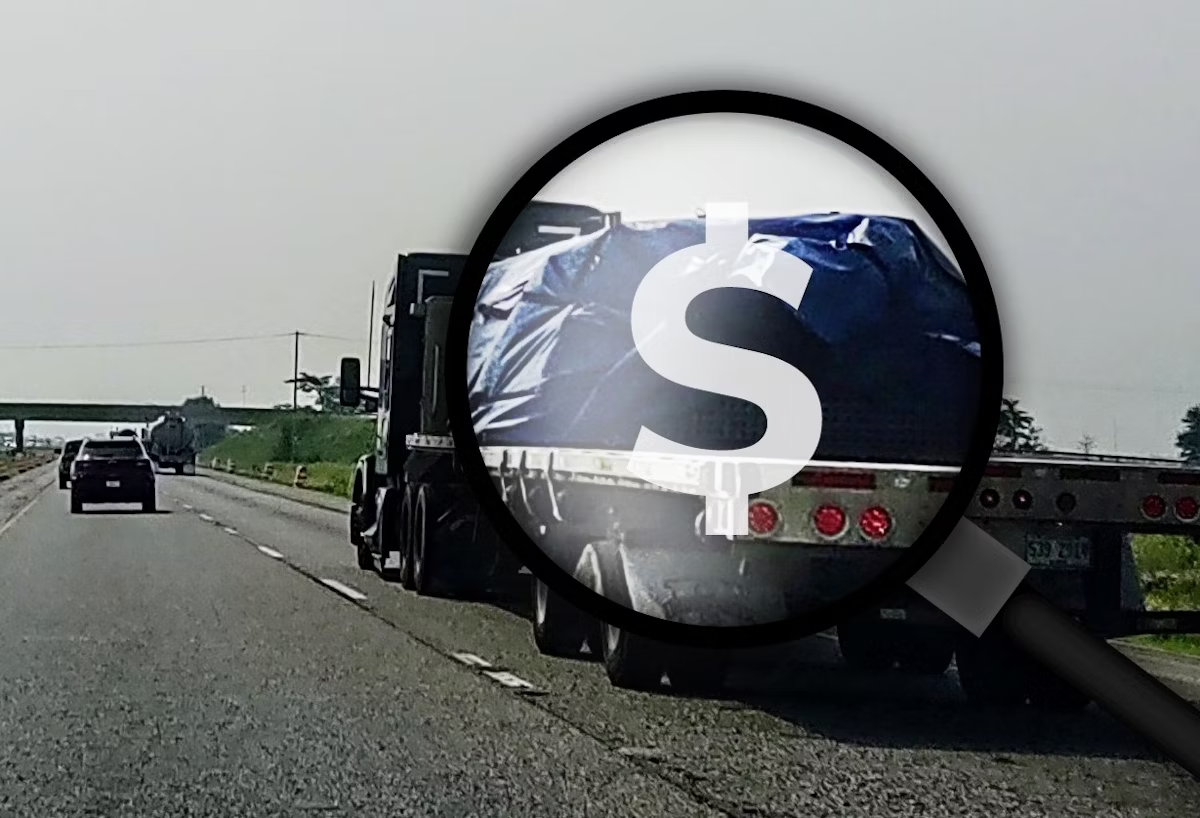Freight Broker Transparency Regulations: What You Need to Know to Stay Compliant (and Avoid Costly Fines)
Let’s cut through the noise – freight brokerage has always operated in something of a gray area when it comes to transparency. But those days are ending fast.
New regulations are forcing brokers to open their books like never before, and if you’re not prepared, you could be facing hefty fines, lawsuits, or worse – losing your brokerage authority altogether.
Why Transparency Regulations Are Heating Up Now
The trucking industry has had enough of:
- Hidden fees that magically appear on invoices
- Mysterious rate discrepancies between what shippers pay and what carriers receive
- “Creative” accounting practices that leave drivers holding the bag
Recent high-profile cases of broker fraud (we’re looking at you, Chicago freight scene) have regulators cracking down hard. The FMCSA isn’t playing nice anymore.
The Key Regulations Every Broker Must Know
1. The Truth-in-Leasing Act (Updated 2023)
This isn’t new, but enforcement has gotten teeth:
- Mandates clear rate breakdowns showing exactly what the broker kept vs what went to the carrier
- Requires documentation retention for 3 years (and yes, they’re checking)
- Bans “phantom charges” – every fee must be disclosed upfront
Real-world impact: A Midwest broker just got hit with $87,000 in fines for “accidentally” forgetting to disclose a 15% administrative fee.
2. The FMCSA Broker Transparency Rule (2024)
This game-changer requires:
✔ Real-time rate confirmation to carriers before load acceptance
✔ Digital paper trails for all transactions (goodbye, shady backroom deals)
✔ 48-hour payment windows after proof of delivery
Pro tip: Start using platforms like Trucker Tools or MacroPoint that automatically document everything.
3. State-Level Surprises
California’s AB5 isn’t just about owner-operators anymore. New amendments:
- Require brokers to publicly post average rates per lane
- Mandate weekly (not bi-weekly) payments to carriers
- Impose triple damages for violations
And more states are following suit.
How Smart Brokers Are Adapting (Without Getting Crushed)
1. The 100% Transparent Pricing Model
Forward-thinking brokers are now:
- Using blockchain-backed smart contracts that auto-split payments
- Publishing real-time rate sheets carriers can access 24/7
- Offering dual-invoice visibility where shippers and carriers see matching docs
Example: A Texas brokerage increased carrier retention by 40% after implementing transparent pricing.
2. Tech Stack Overhaul
Compliance now requires:
- Automated documentation systems (try AscendTMS or Parade)
- Integrated payment platforms (like TriumphPay)
- AI-powered audit trails that flag potential compliance issues before they happen
3. The Relationship Reset
The old “screw the carrier” mentality will bankrupt you now. Winning brokers are:
- Holding quarterly transparency forums with core carriers
- Creating carrier advisory boards to co-develop fair practices
- Implementing carrier scorecards that work both ways
The Hidden Cost of Non-Compliance
Beyond fines (which can hit $15,000 per violation), you risk:
- Losing your bond (one claim can trigger a review)
- Permanent FMCSA flags that scare off shippers
- Class action lawsuits from carrier groups
The Future: Where This Is Headed
Brace for:
- Real-time broker profit monitoring by regulators
- Mandatory API integrations with FMCSA systems
- Carrier-initiated audits (yes, drivers will be able to request your books)
Final Word: Transparency Isn’t Optional Anymore
The brokers who will thrive are those who:
✔ Embrace radical transparency before being forced to
✔ Invest in compliance tech that does the heavy lifting
✔ Rebuild trust with carriers instead of exploiting them
The alternative? Becoming another cautionary tale in an industry that’s finally being forced to clean up its act.
What’s your take? Is this regulatory wave saving trucking or strangling small brokers? Sound off below.

